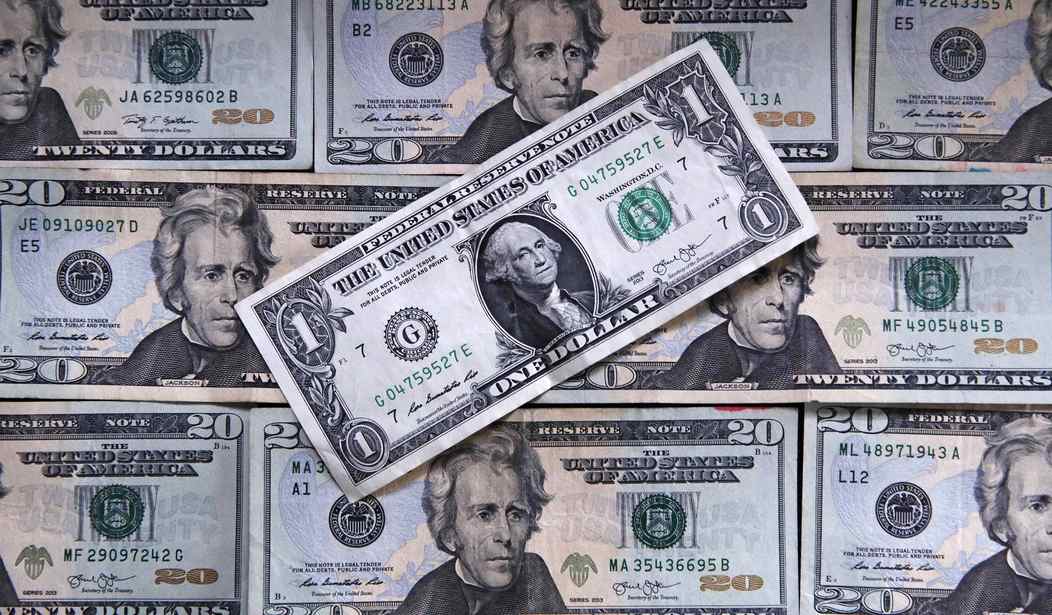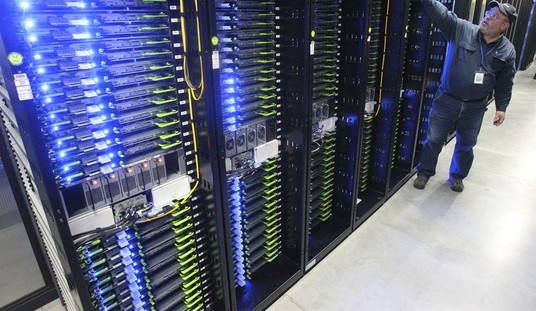The U.S. government has gone on an unprecedented spending spree to fight COVID-19. As of this writing, the federal government has already allocated $2.7 trillion in so-called COVID-19 relief.
We can likely add another $1.9 trillion to that figure, considering that the U.S. House of Representatives is about to send the American Rescue Plan to President Biden’s desk for his signature.
This means that in less than one year, the U.S. government has spent close to $5 trillion on combating the coronavirus. This comes on top of the $4.8 trillion federal budget for FY 2020, the highest ever.
Even before the extra spending in light of the pandemic, the U.S. budget deficit for FY 2020 was estimated to be a whopping $966 billion. But that nearly quadrupled to $3.7 trillion, the highest annual deficit in U.S. history, by far.
Perhaps we should take a step back and ponder what this colossal spending spree will do over the long-term and how it will negatively affect future generations of Americans.
For starters, the U.S. national debt currently stands at $28 trillion. The U.S. federal debt to GDP ratio is on a startling trajectory. In 1960, it was 53 percent. In 1980, it decreased to 34.5 percent. In 2000, it crept up to 58 percent. In 2020, it exploded to 129 percent.
This is completely unsustainable and bodes poorly for America’s economic future.
Yet, that is just half of the story. The U.S. government also has trillions in unfunded liabilities on its books, including “$52.72 trillion in unfunded Medicare benefits and $37.60 trillion in unfunded Social Security benefits.”
And yet the U.S. Congress continues to spend trillions, as if this is all hunky dory. Obviously, things are not hunky dory. Far from it.
The Congressional Budget Office (CBO) recently released an ominous repot about the skyrocketing U.S. national debt. According to CBO, federal debt as a percentage of GDP will reach 202 percent by 2050.
The debt burden looms large, indeed.
Amidst all of this, one would think that most Americans would recognize that we are basically stealing from future generations by living high on the hog while leaving it to future generations to foot the bill.
Yet, that is not what is happening. It seems like most Americans would rather get a $1,400 check from Uncle Sam in the meantime. Never mind that our children and children’s children will pay for it.
Sadly, all of this deficit spending means the American dream is in jeopardy. One of the best things about America is the prospect that future generations would be better off than the current generation. For the most part, this has come true for all generations of Americans. That is, up until now.
We are burdening future generations with so much debt that interest payments and inflation will overwhelm them. As of now, the debt per taxpayer is $223,893. Over the next few decades, as the U.S. debt continues to spiral out-of-control, the debt per taxpayer will increase substantially.
The COVID-19 spending spree is not the source of our long-term economic problem, but it is making things infinitely worse.
As Alexander Fraser Tytler opined long ago, “A democracy will continue to exist up until the time that voters discover that they can vote themselves generous gifts from the public treasury. From that moment on, the majority always votes for the candidates who promise the most benefits from the public treasury, with the result that every democracy will finally collapse due to loose fiscal policy, which is always followed by a dictatorship.”
We the people are at a crossroads. Will we continue to vote for “free money” and burden our children with our unpaid bills, or will we do what is right and meet our obligations?
Always remember, it is never too late to do the right thing.
Chris Talgo ([email protected]) is senior editor at The Heartland Institute.













Join the conversation as a VIP Member